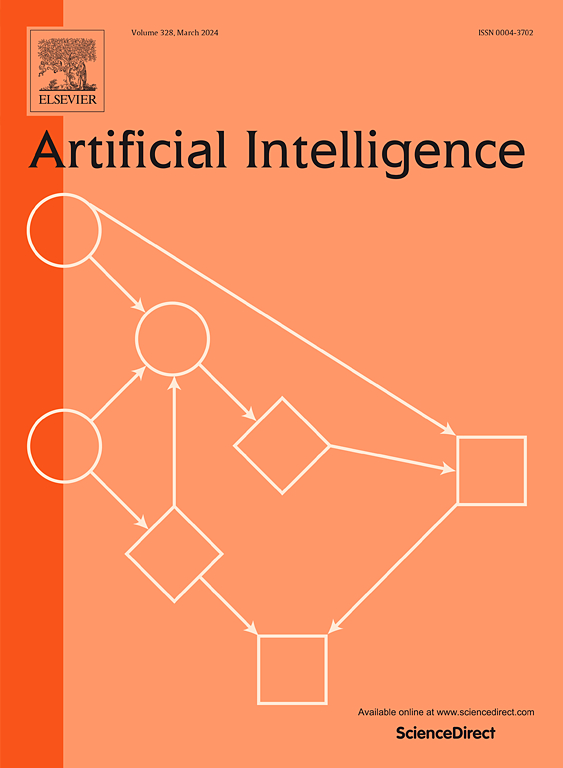基于模型的诊断中的关键观察
IF 5.1
2区 计算机科学
Q1 COMPUTER SCIENCE, ARTIFICIAL INTELLIGENCE
引用次数: 0
摘要
在本文中,我们要解决的问题是找到对诊断有用的那部分观测数据。我们将子观测定义为观测数据的抽象。然后,我们认为,如果子观测能让诊断者得出与原始观测相同的最小诊断结果,那么子观测就是充分的;我们将临界观测定义为最大化抽象的充分子观测。我们展示了如何计算临界观测,并讨论了一些算法上的改进,这些改进也揭示了临界观测的理论。最后,我们在基于状态和基于事件的观测中对这一框架进行了说明。本文章由计算机程序翻译,如有差异,请以英文原文为准。
Critical observations in model-based diagnosis
In this paper, we address the problem of finding the part of the observations that is useful for the diagnosis. We define a sub-observation as an abstraction of the observations. We then argue that a sub-observation is sufficient if it allows a diagnoser to derive the same minimal diagnosis as the original observations; and we define critical observations as a maximally abstracted sufficient sub-observation. We show how to compute a critical observation, and discuss a number of algorithmic improvements that also shed light on the theory of critical observations. Finally, we illustrate this framework on both state-based and event-based observations.
求助全文
通过发布文献求助,成功后即可免费获取论文全文。
去求助
来源期刊

Artificial Intelligence
工程技术-计算机:人工智能
CiteScore
11.20
自引率
1.40%
发文量
118
审稿时长
8 months
期刊介绍:
The Journal of Artificial Intelligence (AIJ) welcomes papers covering a broad spectrum of AI topics, including cognition, automated reasoning, computer vision, machine learning, and more. Papers should demonstrate advancements in AI and propose innovative approaches to AI problems. Additionally, the journal accepts papers describing AI applications, focusing on how new methods enhance performance rather than reiterating conventional approaches. In addition to regular papers, AIJ also accepts Research Notes, Research Field Reviews, Position Papers, Book Reviews, and summary papers on AI challenges and competitions.
 求助内容:
求助内容: 应助结果提醒方式:
应助结果提醒方式:


